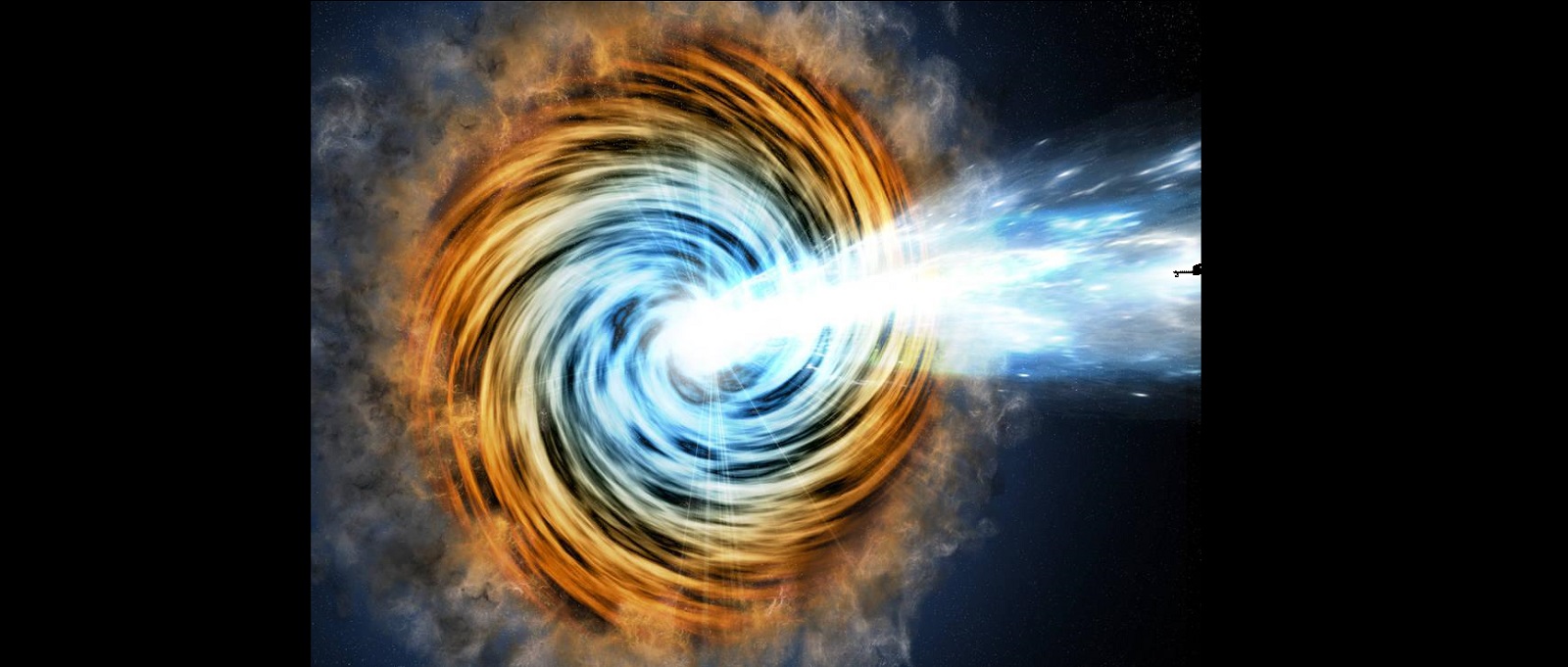Years ago, they suggested that powerful jets are coming from the center of the galaxy, perpendicular to our line of sight. Now, in turn, it turns out that the galactic core is activated again, but this time these jets are hitting the Earth directly.
Read also: The extraordinary story of a galaxy far, far away. There were a hundred of them, and only one is left
With this in mind, the scientists conclude that they are now dealing with Blazar. Such transitions are possible, though they rarely happen in such a short time. The size of the universe – in terms of the distance and time required for certain phenomena to occur – rarely corresponds to the time frame of human existence.
Blazar PBC J2333.9-2343 is the main character of the publication published in the pages Monthly Notices of the Royal Astronomical Society. These galaxies are usually distinguished by their degree of activity, shape or size. While the Milky Way belongs to the group of relatively quiet galaxies, others do not necessarily fit this pattern.
Given how the jets fired by PBC J2333.9-2343 are currently directed, the scientists assumed they were engaging with Blazar.
When a supermassive black hole devours matter around it, it experiences friction, causing it to heat up. This can be seen across the entire electromagnetic spectrum. Some of this matter, instead of falling into the black hole, is accelerated along magnetic field lines and launched into space. This is how these planes are created. And it is — along with the unusual breaks in activity — that has caught the attention of researchers monitoring PBC J2333.9-2343.
We started studying this galaxy because it showed strange properties. Our hypothesis was that the relativistic jet of its supermassive black hole had changed direction, and we had to make many observations to confirm this idea. explains Lorini Hernandez García of the Millennium Institute for Astrophysics in Chile
Read also: A strong solar flare captured by an Earth satellite. Our star is still raging
The analyzes covered the entire wavelength spectrum: radio, infrared, optical, ultraviolet, x-ray and gamma rays. As a follow-up effort, the scientists compared the data collected with what they knew about other galaxies: those considered to be both Blazars and other species. In this way they decided to assign PBC J2333.9-2343 to the Blazars group.
The changes that have occurred in a relatively short period of time are simply amazing. It may have changed the galaxy’s orientation by as much as 90 degrees, so it is now shooting jets directly at Earth. Perhaps in the meantime there was a collision or merger with another galaxy that could lead to such a major disturbance.

Echo Richards embodies a personality that is a delightful contradiction: a humble musicaholic who never brags about her expansive knowledge of both classic and contemporary tunes. Infuriatingly modest, one would never know from a mere conversation how deeply entrenched she is in the world of music. This passion seamlessly translates into her problem-solving skills, with Echo often drawing inspiration from melodies and rhythms. A voracious reader, she dives deep into literature, using stories to influence her own hardcore writing. Her spirited advocacy for alcohol isn’t about mere indulgence, but about celebrating life’s poignant moments.









